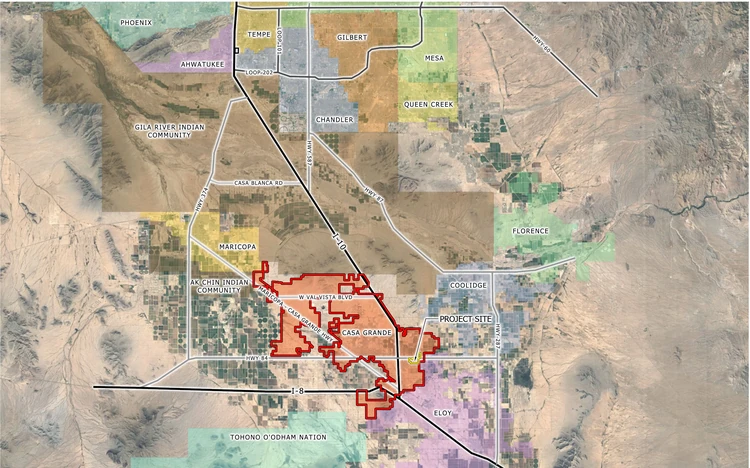
LendingTree study shows the gaps between most and least expensive homes in top 50 markets.
Builder
LendingTree® was out Tuesday with the results of a study on home price inequality, a mathematical construct that measures the differential between high-priced homes and low-priced homes.
The study uses the GINI coefficient, a metric that is the most commonly used measure of economic inequality, which ranges from 0 (complete equality where every value is the same) to 1 (complete inequality where one entity has 100% of the value and all others have none). A higher GINI coefficient means there is more inequality. LendingTree analyzed homes in the 50 largest metro areas to determine the GINI coefficient of home values in each metro to measure home price inequality in each market.
“Inequality is the defining economic debate of our times,” said Tendayi Kapfidze, chief economist and report author. “Since 1980, the majority of income growth in the United States has accrued to the top of the income scale, a trend that accelerated following the 2007-08 financial crisis. Home values have finally recovered from the most recent housing crisis to the extent that affordability is now a concern. In many large cities, the median-priced home is now out of reach of median income households.”








